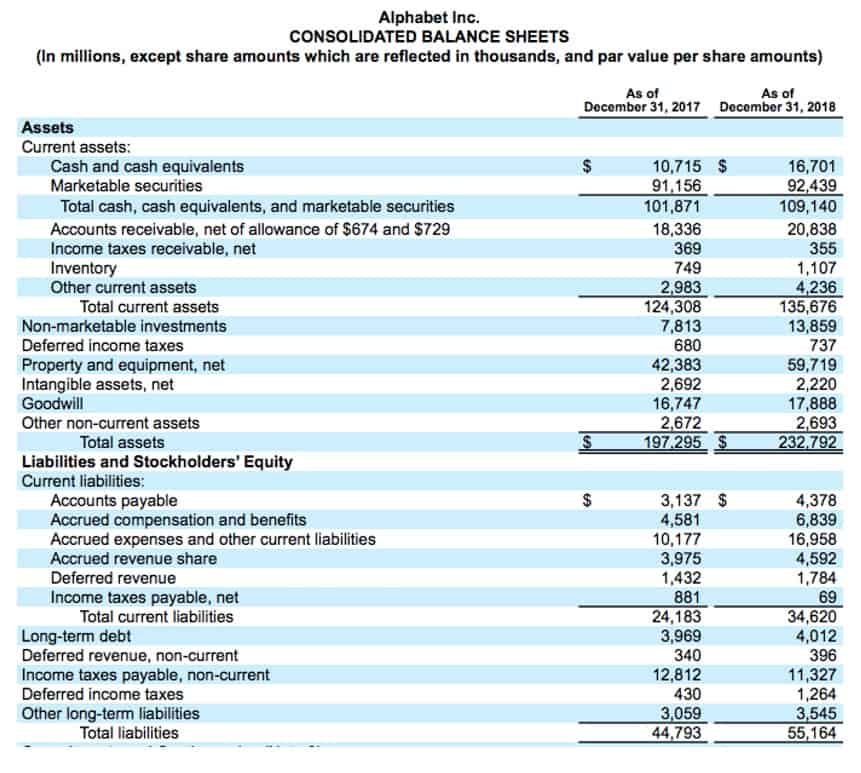Content

Credit sales represent sales not paid immediately at the date of invoice. In the case of credit sales, the respective “debtor’s account” is debited, whereas “sales account” is credited with the equal amount. When the business receives payment from the customer for the $1,000 receivable, the business records a journal entry like that shown. Let’s say your customer purchases a table for $500 with cash. There’s a 5% sales tax rate, meaning you receive $25 in sales tax ($500 X 0.05). Receipt Of CashA cash receipt is a small document that works as evidence that the amount of cash received during a transaction involves transferring cash or cash equivalent.
From the example above, the VAT is $150 ($1,500 × 10%), thus, the total invoice amount is $1,650 inclusive of VAT of $150. The articles and research support materials available on this site are educational and are not intended to be investment or tax advice. All such information is provided solely for convenience purposes only and all users thereof should be guided accordingly.
Cash Received Towards Cash Sale Proceeds
Your Accounts Receivable total should equal the sum of your Sales Tax Payable and Revenue accounts. DateAccountNotesDebitCreditX/XX/XXXXCashXSales Tax PayableXRevenueXYour debit and credit columns should equal one another. In the above example, we assume the basis value of goods is $1,000. In the above example, Apple Inc is offering a 10% discount if John Electronics makes the payment on or before January 10, 2018. Accordingly, John Electronics made the payment on January 10, 2018. It means John Electronics must make the payment on or before January 30, 2018.

The account to be debited is dependent on the mode of sale and further on the mode of receipt when it is a cash sale. Where the sales are not being recorded date wise, a single entry for the total amount may be recorded. The consignor has no direct interaction with the buyers. Where the consignee is being paid del credere commission, the responsibility for uncollected dues or bad debts lies with the consignee. In such circumstances the consignor would not benefit much by maintaining the detailed information relating to consignment debtors. The number of ledger accounts representing the consignment debtors and the names used for them are dependent on the information needs of the organisation. Deposits shown in the accounting records with the list of deposits on the bank statement.
Making A Credit Sales Journal Entry
The consignor would minimise the information relating to consignment sales and dues by treating both credit and cash sales the same way. All sales would be recorded as if they are cash sales and making the consignee the one who is due. The consignor would be recording the transactions relevant to sales on the day on which he receives the account sales.
- Lets assume that the customers on an average paid $60 in cash for those 100 laptops, so cash received would be $6000.
- The cash flows from operating activities section of an indirect method of cash flows begins with net income or loss.
- Sales are a part of everyday business, they can either be made in cash or credit.
- They having bought goods without having to pay would be the benefit receivers.
- In turn, the individual entries in the sales journal are posted to the respective accounts in the accounts receivable subsidiary ledger.
Overall, the goal should be to increase this ratio over time. However, a very high ratio may mean that the business is using overly-strict collection policies.
Method 2method 2 Of 3:net Credit Sales
We also reference original research from other reputable publishers where appropriate. You can learn more about the standards we follow in producing accurate, unbiased content in oureditorial policy. Full BioRichard Loth has 40+ years of experience in banking, corporate financial consulting, and nonprofit development assistance programs. Need a deep-dive on the concept behind this application? Learn more about this topic, accounting and related others by exploring similar questions and additional content below. However, if combined with a long or increasing collection time, this may be a cause for concern, as the business is exposed to consider liquidity risk.
- You can accept these default terms or change the Ship To details if required.
- In this way, each account receivable is shown at its full amount.
- And Apple Inc believes that outstanding debt is unrecoverable and is a bad debt now.
- Credit sales may be used for retaining customers and attracting new ones, but they may also add complexities to record keeping.
- Care should be taken in naming the ledger accounts so as to ensure identifying such debtors distinctly and not getting them mixed up with the debtors relating to other regular activities.
Where a single entry for both cash and credit sales has been recorded. To determine the percent that is credit sales, divide the accounts receivables by sales. Many firms sell items to customers on credit or advance a product with the expectation that payment will be made soon after. We should establish from the outset the fact that, depending on the industry, many companies’ sales are sold with terms of payment , typically ranging from 30 to 90 days.
Chegg Products And Services
The best way to ensure accuracy in these calculations is to keep these accounts for credit sales separate from those for cash sales. Go back and look at your values for returns and allowances and identify any additions that were related to cash sales rather than credit sales. You will then have to add the value of these sales back into your total. The initial value at the start of the year can be seen from the balance sheet of the company. It is the value at the end of the year which can also be found out from the balance sheet itself just like initial accounts receivables. Let’s assume it to be $5000.Then, determine the cash received.

Charlene Rhinehart is an expert in accounting, banking, investing, real estate, and personal finance. She is a CPA, CFE, Chair of the Illinois CPA Society Individual Tax Committee, and was recognized as one of Practice Ignition’s Top 50 https://www.bookstime.com/ women in accounting. She is the founder of Wealth Women Daily and an author. Accounts receivable will show on the balance sheet under Current Assets. Accounts receivable is shown as of the dates listed at the top of the balance sheet .
QuickBooks, by the way, automatically records Journal Entry 1 and Journal Entry 2 for you. Journal Entry 1 gets recorded whenever you issue or create a customer invoice. As a result, you must increase your Accounts Receivable account instead of your Cash account.
References
Learn the definition of a transaction, understand the importance of recording transactions, and explore the process of double-entry accounting, with examples of credits and debits. Businesses sometimes make credit sales knowing that some accounts may eventually become uncollectible. In the period when the credit sales occur, companies may estimate the amount of potential losses from the credit sales based on past experience and current customer credit evaluation. The estimated losses are recorded in “allowance for doubtful accounts,” a negative account to accounts receivable. Businesses use the allowance account to ensure the proper carrying value of accounts receivable.
This is because each business needs to manage its working capital properly. When a business makes sales on credit, such sales correspondent entry will be on the accounts receivable. In contrast, when the company makes a purchase on credit, the correspondent entry of such purchase will be on accounts payable. The accounts receivable and accounts payable are part of the net working capital that a business needs to pay attention to.
On January 1, 2018, Company A sold computers and laptops to John on credit. On January 30, 2018, John made the full payment of $10,000 for the computers and laptops. The electric bicycle company will need to record this transaction. This knowledge can be used to ensure that individual customers have How to Record a Credit Sale not exceeded their credit limits. Consignment Debtors a/c represents the buyers of goods on credit from the consignee. They having bought goods without having to pay would be the benefit receivers. From the moment the consignee receives the sale proceeds, he stands in the position of a debtor.
It takes into account any reductions in credit sales caused by discounts, returns, and other allowances. Net credit sales is also useful for calculating a number of financial ratios. To find net credit sales, start with total sales on credit for a given period. Remember to reduce total sales by cash sales to get total credit sales. Some credit card receipts must be treated as receivables rather than cash. For example, many gas stations and department stores provide customers with credit cards that can be used to buy goods or services only at the issuer’s place of business. When a customer makes a purchase, the company must debit the customer’s account and credit the sales account.
To start calculating credit sales, determine the cash received. Once you have these figures, determine credit sales by reducing total sales by the amount of total cash received.

List any five users who have indirect interest in accounting. Explain the factors, which necessitated systematic accounting. Give a specimen of journal showing at least five entries.
Method 1method 1 Of 3:basic Calculations
Companies are careful while extending credit as it may lead tobad debts for the business. Financial StatementsFinancial statements are written reports prepared by a company’s management to present the company’s financial affairs over a given period .
On 20th January 20X1, ABC Co made payment to the company. Thus, ABC Co is eligible for a cash discount of $30 ($1,500 × 2%). Therefore, the company received a payment of only $1,620. On 15 January 20X1, XYZ Co sells office supplies to its customer for $1,500. The VAT shall need to be made to the local tax authorize on the 15th of the following month.
Sales Journal: Definition
Sage 50 then uses this information to record the journal entry to the sales journal and/or cash receipts journal, and post the transaction to the appropriate general ledger accounts. The sales journal is a special journal that is used to record all credit sales.

